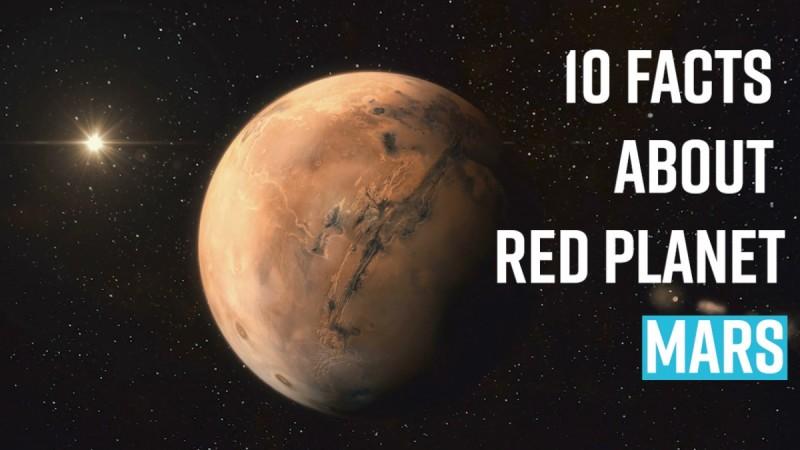
NASA is planning to bring samples from Mars to Earth and the US space agency is seeking a person to lead the mission which is called Mars Sample Return (MSR) Programme.
The person will be responsible for implementation of all Mars sample return activities, beginning with mission formulation and continuing through design, development, launch and mission operations, NASA said in its job opening for the Director of MSR.
The mission will use robotic systems and a Mars ascent rocket to collect and send samples of Martian rocks, soil and atmosphere to Earth for detailed chemical and physical analysis.
The European Space Agency (ESA) is working with NASA for the campaign slated to take place between 2020 and 2030.
NASA said it would pay an annual salary of up to $188,066 per year to the selected person.
Three launches will be necessary to accomplish landing, collecting, storing and finding samples and delivering them to Earth.
NASA's Mars 2020 mission, which is slated to launch in July this year, will explore the surface and rigorously document and store a set of samples in canisters in strategic areas to be retrieved later for flight to Earth.
Two subsequent missions are foreseen to achieve this next step.
A NASA launch will send the Sample Return Lander mission to land a platform near the Mars 2020 site. From here, a small ESA rover - the Sample Fetch Rover - will head out to retrieve the cached samples.
Once it has collected them in what can be likened to an interplanetary treasure hunt, it will return to the lander platform and load them into a single large canister on the Mars Ascent Vehicle (MAV).
This vehicle will perform the first liftoff from Mars and carry the container into Mars orbit.
ESA's Earth Return Orbiter will be the next mission, timed to capture the basketball-size sample container orbiting Mars.
The samples will be sealed in a biocontainment system to prevent contaminating Earth with unsterilised material before being moved into an Earth entry capsule, ESA said.
The spacecraft will then return to Earth, where it will release the entry capsule for the samples to end up in a specialised handling facility.












!['Had denied Housefull franchise as they wanted me to wear a bikini': Tia Bajpai on turning down bold scripts [Exclusive]](https://data1.ibtimes.co.in/en/full/806605/had-denied-housefull-franchise-they-wanted-me-wear-bikini-tia-bajpai-turning-down-bold.png?w=220&h=138)
![Nayanthara and Dhanush ignore each other as they attend wedding amid feud over Nayanthara's Netflix documentary row [Watch]](https://data1.ibtimes.co.in/en/full/806599/nayanthara-dhanush-ignore-each-other-they-attend-wedding-amid-feud-over-nayantharas-netflix.jpg?w=220&h=138)



